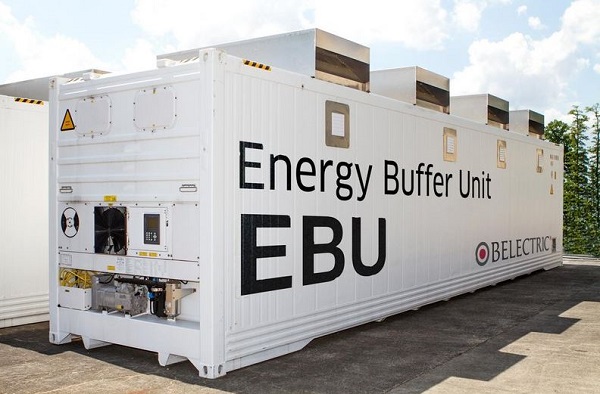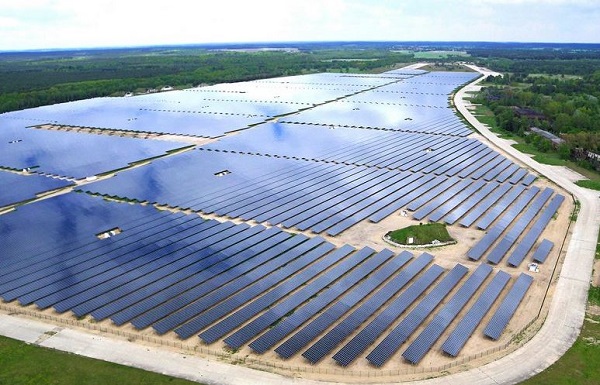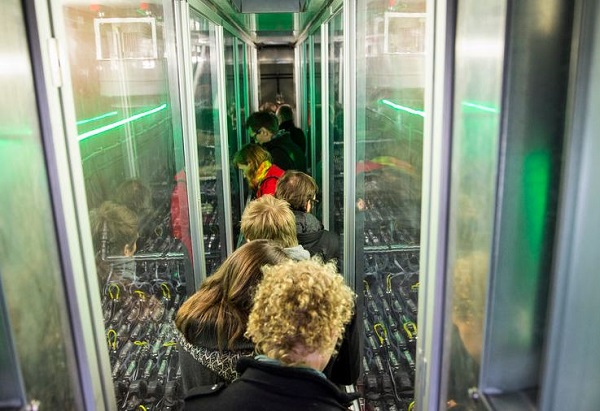Belectric GmbH connected its state-of-the-art, cost-effective battery storage system, the Energy Buffer Unit, at the solar power plant Alt Daber in Brandenburg. It thereby became the first solar power plant in Europe capable of providing operating reserve at high-voltage level comparable to conventional plants.
The innovative lead-acid storage device with a capacity of 2,000 kWh is intended for use in both renewable energy and conventional power plants.
The storage device lends greater flexibility to the plant’s service provision and actively stabilizes the energy grid. With its long service life and low cycle costs, Belectric GmbH’s Energy Buffer Unit sets a milestone in the cost-effective and sustainable provision of system services.
“In the future, solar power plants will take over the functions of the most sophisticated network control,” explains Bernhard Beck, CEO of Belectric GmbH. “In conjunction with storage devices, they make an important contribution to the adaptation of the energy supply and grid stability to the requirements of the energy transition.”
Connected to an Energy Buffer Unit “Made in Germany,” solar and wind farms become hybrid plants in which volatile energy sources assume responsibility for the system and contribute to fluctuation compensation.
The must-run capacities of conventional power plants can be reduced and replaced by renewable energies equipped with the Energy Buffer Units.
Decentralized energy systems in conjunction with storage solutions can also reduce the need for expanding transmission and distribution networks and thereby reduce the costs of the energy transition. Belectric GmbH’s energy storage device is thus paving the way towards a renewable future. The energy storage device will be marketed by Vattenfall on the primary operating reserve market.
Vattenfall thereby emphasizes its pioneering role in the integrated marketing of renewable and conventional power plants and storage technologies. “Storage devices will be an essential component of the energy transition,” says Alfred Hoffmann, Vattenfall’s Vice President of Portfolio Management. “They support our goal of ensuring a perfect market integration of renewable energies.”
The development of the Energy Buffer Unit was supported by the Brandenburg Ministry for Economic Affairs as part of the Energy Storage Initiative. The storage device is an easily transported turnkey solution manufactured in series for energy providers.
“It is another important step on the path towards being able to reliably provide power from renewable energies,” explained Albrecht Gerber, Minister for Economic Affairs of the State of Brandenburg, at the inauguration in Potsdam. “The development of storage technologies is a central prerequisite for the success of the energy transition. Further research is urgently needed. With our Energy Storage Initiative, we seek to encourage the testing of storage technologies.”
















Comments